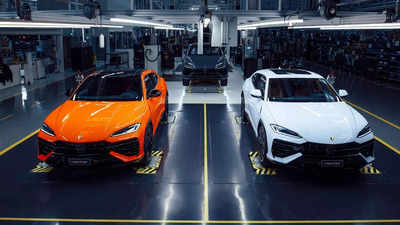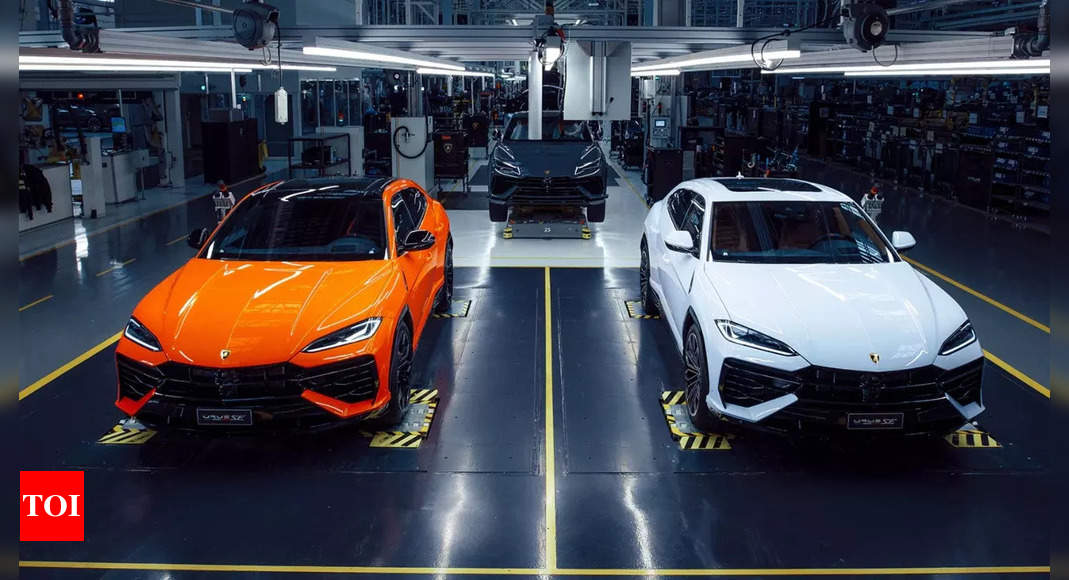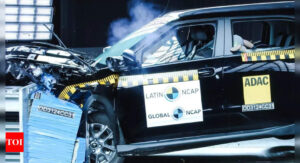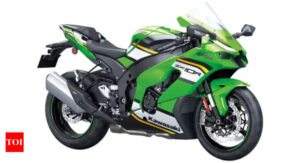
Lamborghini’s hybrid lineup features the Urus SE.
Lamborghini has lately advanced its route to electrification having adopted the hybrid technology. At present, the brand has an electrified trident of Revuelto, Urus SE, and the new entrant Temerario. During a recent media interaction, Rouven Mohr, CTO, Lamborghini S.p.A, spoke at length about the carmaker’s approach to hybrid and electric vehicles, revealing key insights, strategy, challenges, and future ambitions.
Lamborghini Hybrids: Combustion still king!
Unlike other hybrids that may struggle with the balance between combustion and electric power, Mohr says that Lamborghini ensures combustion dominance in its hybrid models. “We experience the dominating combustion,” he explained. In Lamborghini’s hybrid models, combustion power remains the primary force, with electric power playing a supporting role. This, he said, ensures that drivers maintain an engaging experience without the common pitfall of a confusing transition between electric and combustion power that lets other hybrids down.
Lamborghini Huracan, Urus Epic drive: Celebrating the combustion engine | TOI Auto
Lamborghini’s Electric Car: Launch timeline
Last year, Lamborghini had revealed its electric car concept, the Lanzador. Mohr provided an update on the timeline for the production version, saying that it will likely be launched around 2029 or early 2030. “We are still working on it,” Mohr said, explaining that while the brand has made significant advancements, launching a full electric Lamborghini is a major step that requires time and preparation. Being part of the Volkswagen Group, however, gives Lamborghini access to valuable resources and synergies, which Mohr believes will help them maintain their distinctive character in an increasingly electric world.
Lamborghini’s future EVs: Challenges and opportunities
Moreover, if as a purist, one doubts Lamborghini, or for that matter, any electric supercar, Mohr backed electric drivetrains as he believes they offer potential for performance enhancements that weren’t possible with combustion engines. “A pure electric motor on each wheel, for example, would allow for things you could never do with a combustion car,” he said.
One of the biggest challenges with electric vehicles is weight, driven by the size and capacity of batteries required for range and performance. Mohr shared his belief that it’s a matter of time and engineering. “For a supercar, fully electric, it’s a little bit too early,” he admitted, pointing out that while the technology is advancing, achieving the perfect balance still requires work. One area that the CTO believes Lamborghini can capitalize on is lightweighting, a strategy the brand has explored in the past with models like the Lamborghini Sesto Elemento. “The weight, the charging speed, and the battery size—this triangle is the one we need to solve,” he explained, discussing the ongoing development of a fully electric supercar.
Currently, the manufacturer has switched its entire lineup to electric vehicles and is focusing on key factors like standing out while keeping the core experience of driving a Lamborghini intact. Mohr concluded that the brand is committed to delivering consistent performance, regardless of the powertrain. How well will Lamborghini be able to connect with its traditional ICE fans remains to be seen and we’ll continue to monitor this interesting space.



